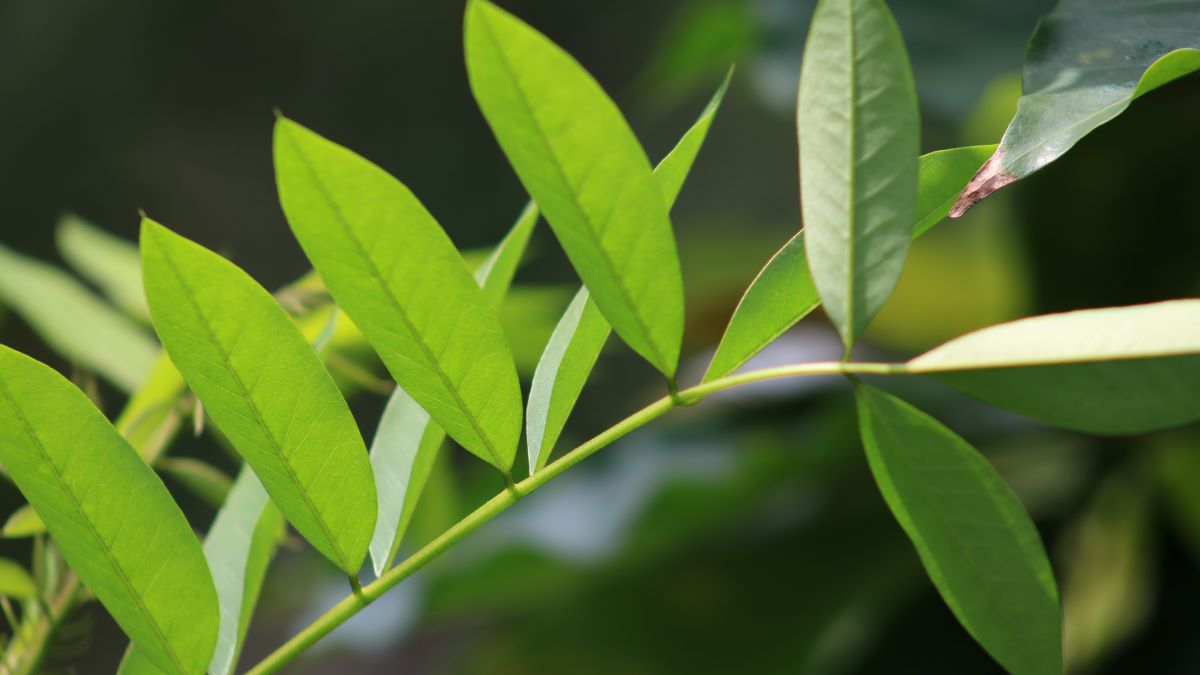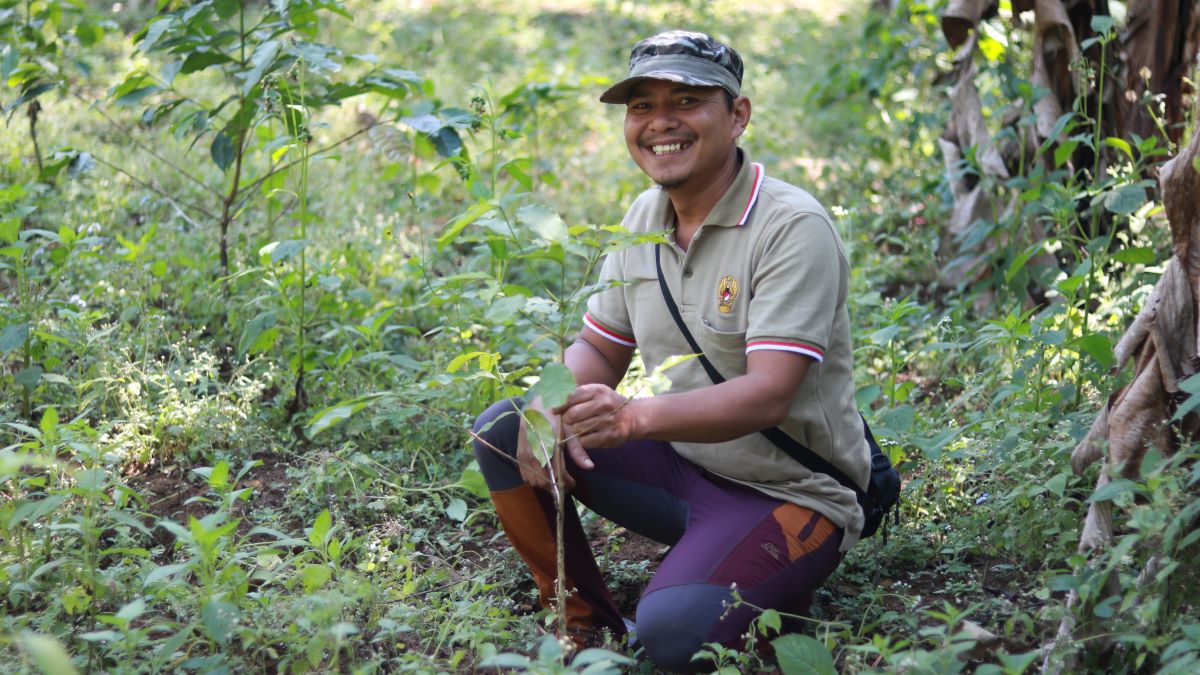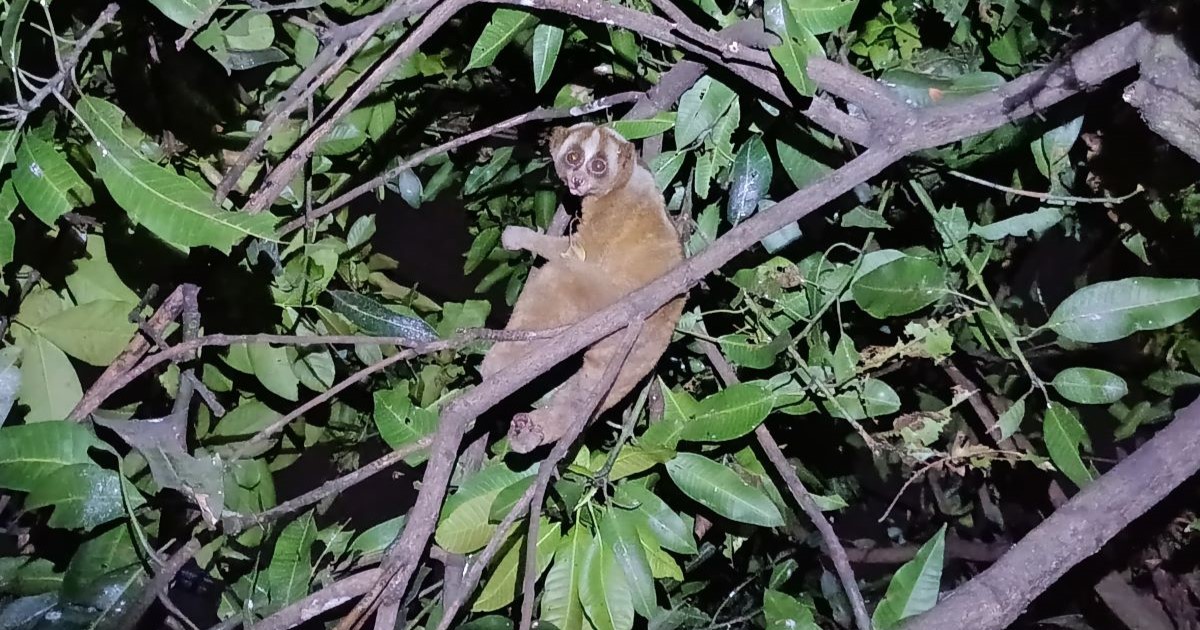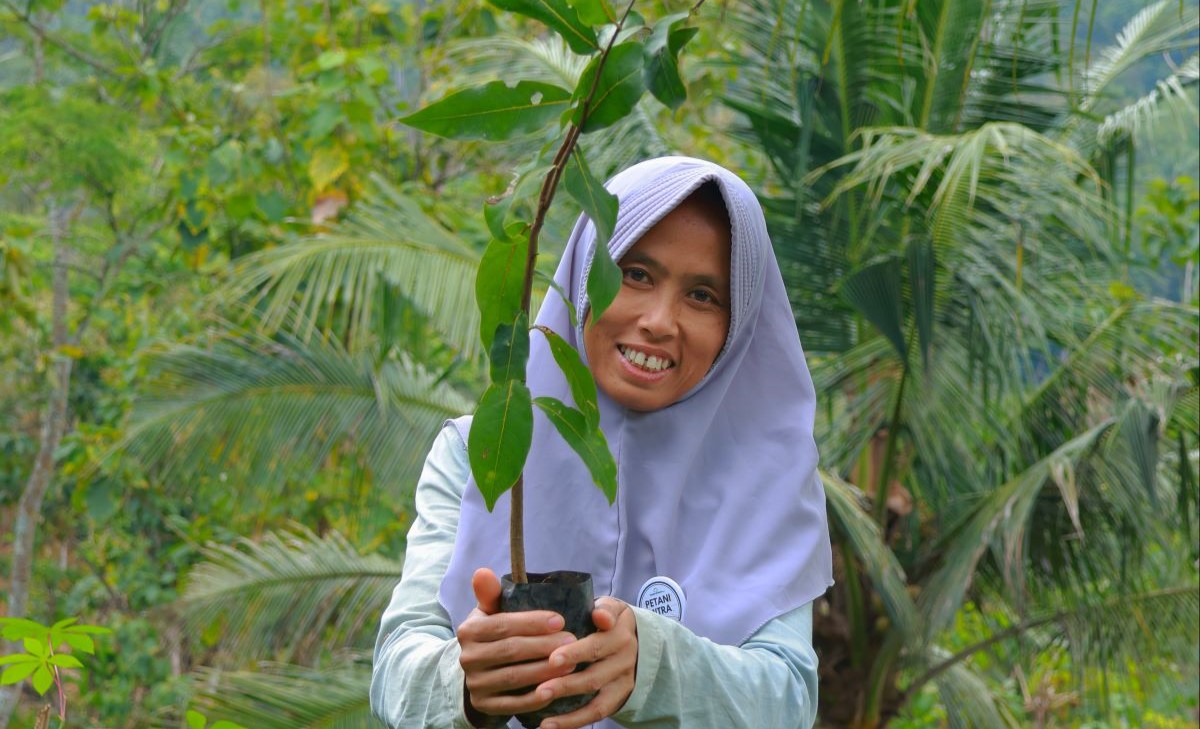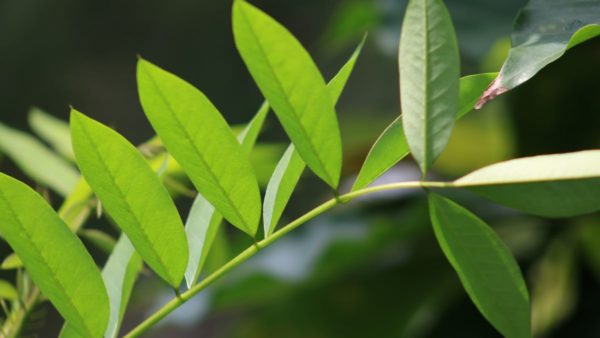
Read the previous article on: 10 Iconic Flora & Fauna of the Citarum River Basin: A Showcase of Biodiversity (Part 1)
Trees and Plants
The landscape of the Citarum Basin boasts a rich diversity with at least 1,000 tree species and 3,000 flowering plants. Some of these species are deeply woven into the local culture, passed down through generations. Many of them also hold significant value that supports the local people’s livelihoods.
Tarum areuy (Indigofera)
This species refers to the indigo tree, from which the name Citarum is derived. Once abundant along the riverbanks, locals used it as a natural dye for fabrics. They also used the leaves as organic fertilizer and livestock fodder, while the root network was effective in preventing soil erosion. However, the tree is now slowly disappearing due to environmental degradation and extensive development.
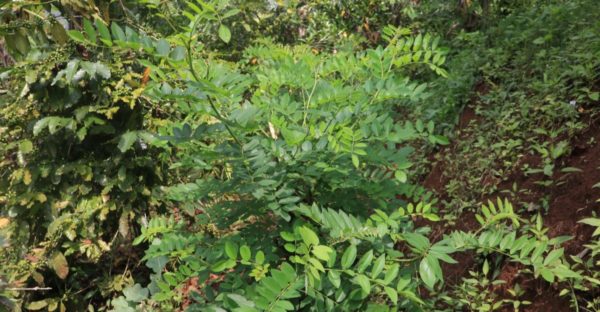
Sugar palm (Aren)
The sugar palm tree (known locally as aren or tangkal kawung) thrives abundantly in the basin. Apart from its ecological function of conserving water, the tree provides communities with income derived from its sap, fruit, palm fibers, and leaves. The locals in the areas surrounding Trees4Trees’ tree-planting sites benefit from making traditional sugar from the sap.
Rasamala
The rasamala tree is an evergreen that grows plentifully in the mountainous areas of West Java, including Trees4Trees’ planting sites. Several mountains in West Java are habitats for rasamala trees. These trees provide homes for more than 20 bird species, including the rare bird species like Javan hawk-eagle, and endemic primate, the Javan gibbon (owa jawa). The trees also produce aromatic resin commonly used as a room fragrance, providing a source of income for local people.
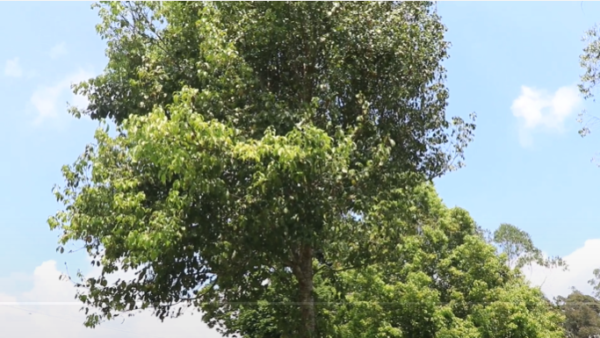
Saninten
The saninten tree, or forest rambutan tree, is an endemic species endemic to Indonesia, particularly found on the islands of Java and Sumatra. It thrives in mountainous regions. The nuts hold significant economic value, often processed into traditional snacks and sold by local communities. The trees are still relatively abundant in West Java, including in areas where Trees4Trees plants. Unfortunately, in Sumatra, the tree is listed as endangered due to deforestation and land conversion into plantations.
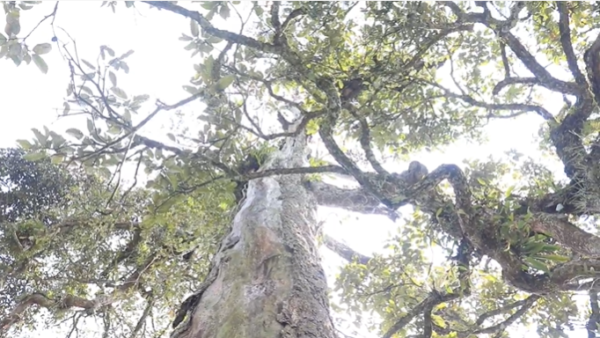
Puspa
The puspa tree belongs to the tea family. People also call it needle wood or Chinese guger tree. It is renowned for its resistance to various soil conditions, climates, and habitats, making it a popular choice for land degradation restoration projects. The puspa tree is native to South Asia, China, and Southeast Asia. In Indonesia, the dispersion of puspa trees spread in Java island, particularly in West Java, making them an iconic tree of the region.
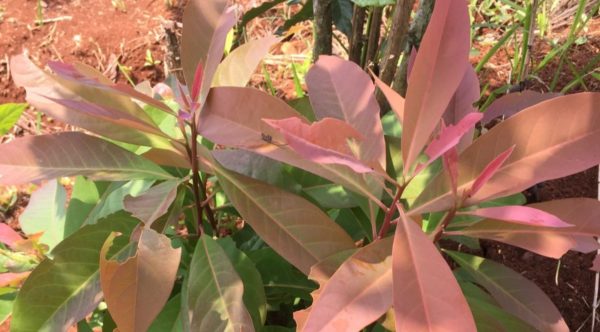
Trees4Trees’ reforestation efforts in the Citarum Basin aim to enhance the environment through tree planting and local community education, thereby improving habitats for flora and fauna. Through these initiatives, we hope to contribute to the preservation of rare and endangered species. We invite you to join us in planting trees to support and enhance biodiversity preservation.

